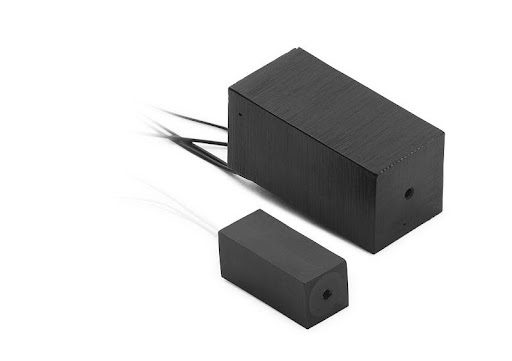MRI machines or magnetic resonance imaging helps to detect the physiological processes and anatomy of the body. Therefore, MRI machines are essential in the medical field. The most necessary component of the MRI machine is the RF coil or Radiofrequency coil. This article focuses on discussing the manufacturing process of RF coils.
What Is an RF Coil?
An RF coil consists of a core and the winding of an insulated wire occurs around the core. This wound insulated wire is responsible for the generation of the magnetic field. However, the magnetic field gets intensified by the coil. The magnetic field that develops around the coil takes the shape of a bar magnet with a north pole and south pole. Depending on the requirements, the manufacturers can shape the coils differently. In order to strengthen the magnetic field around the coil, the manufacturers add extra layers of wire around the core in the winding process.
Applications of RF Coils:
In several applications and industries, RF coils are used. The most significant uses of the RF coils are in the medical and electronics fields. In the medical field, RF coils are essential components to manufacture MRI machines. RF coils function as transmitters and receivers in MRI machines.
Manufacturing Process:
The manufacturing process of RF coils involves winding technology. The winding of RF coils involves the following steps-
First Step:
The design of the RF coils is the initial step. Depending on the purpose of the application and the client’s requirement, RF coils can be designed differently. Simulation and modeling tools are very much useful tools for the design of the RF coils, especially to design the coils for MRI machines. Sweden’s COMSOL Multiphysics is a popular tool that many manufacturers use for the design of the coils. The calculation of the cross-sectional area of the wire, the number of windings is essential to determine the maximum available space. The manufacturers should also take an interactive approach to provide the space in orthocyclic winding.
Second Step:
This step involves the determination of the material and type of coil on the basis of the device’s operating frequency. However, the manufactures should consider several factors in order to decide the suitable type of coils for a particular purpose. For instance, in many cases, ferrite coils are used.
Third Step:
This step involves the winding process of the wire. Manufacturers wind an insulated copper wire or any wire that has the conductive ability around the core. Depending on the properties of the core material and the function of the inductance, one needs to decide the suitable number of turns. For instance, the number of turns needs to be increased in order to increase the level of inductance. In the orthocyclic winding method, manufacturers place the upper layer in the grooves of the lower layers. This method provides an excellent fill factor due to the presence of most wires in a particular volume. In several manufacturing industries, automated machines are used for the winding process.
Final Step:
The final step involves the testing and validation of RF coils. In order to handle the miniaturized coils, manufacturers need to take effective care in every step.
Help keep news FREE for our readers
Supporting your local community newspaper/online news outlet is crucial now more than ever. If you believe in independent journalism, then consider making a valuable contribution by making a one-time or monthly donation. We operate in rural areas where providing unbiased news can be challenging. Read More About Supporting The West Wales Chronicle

























